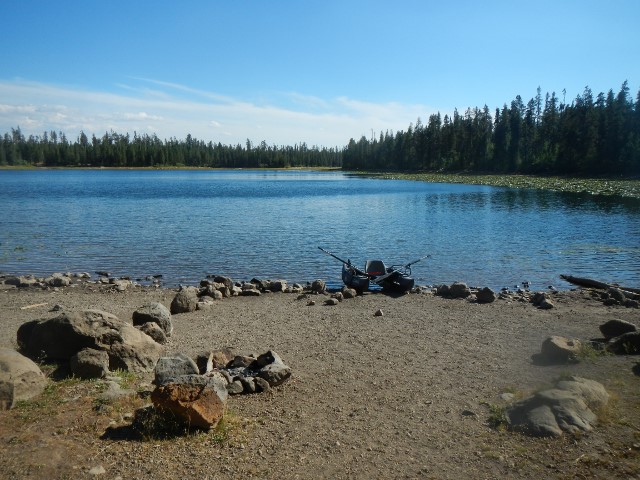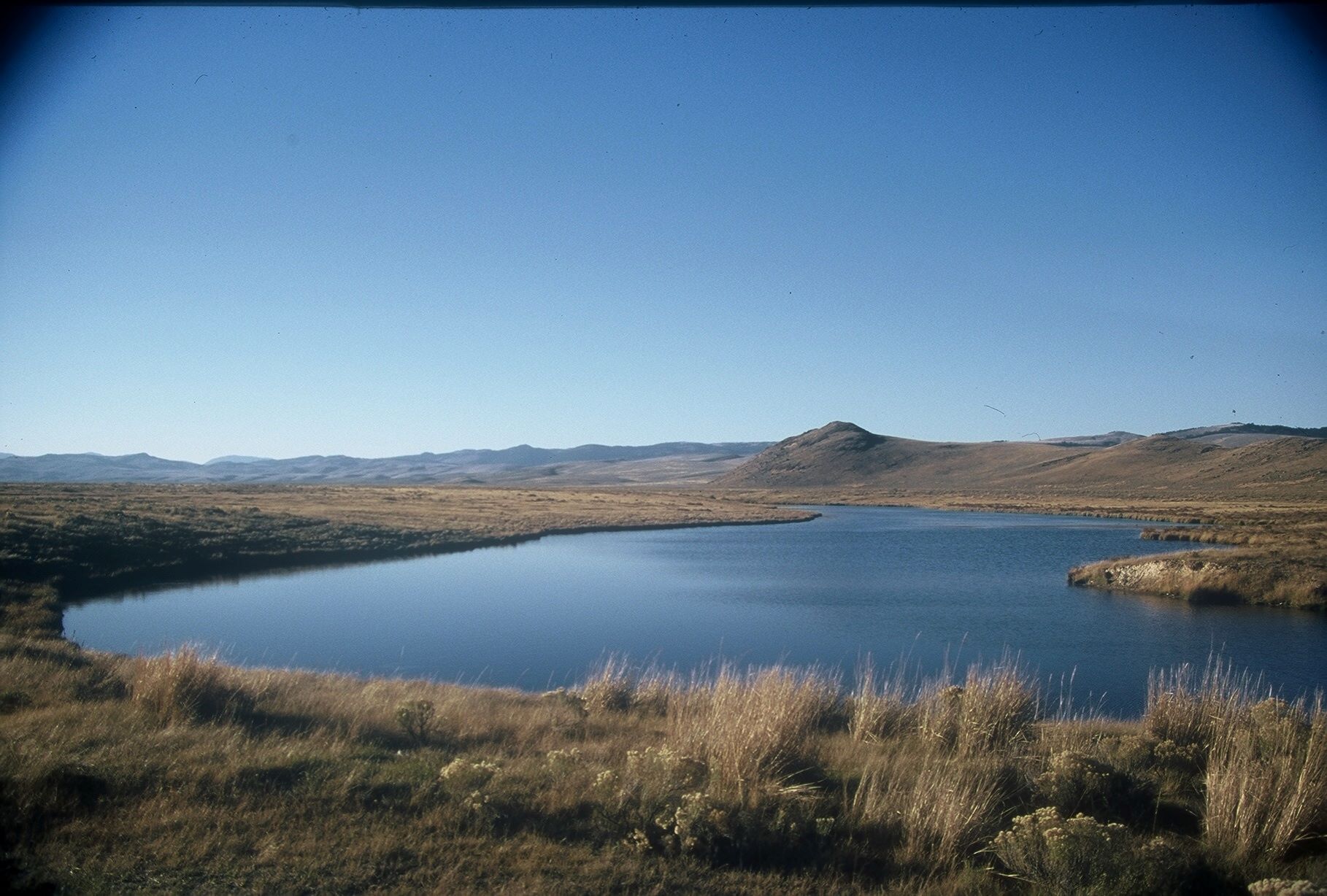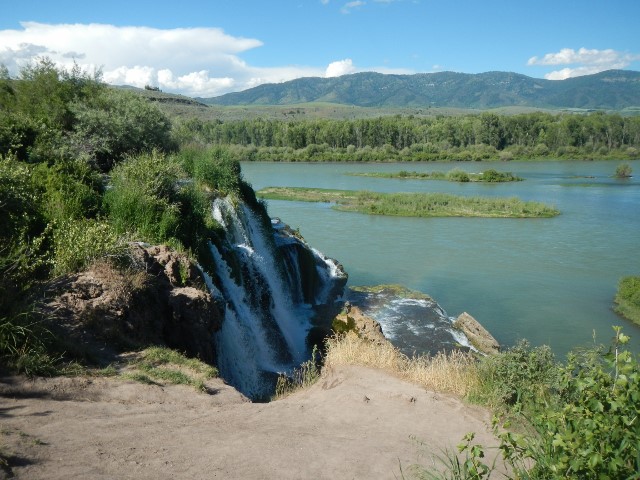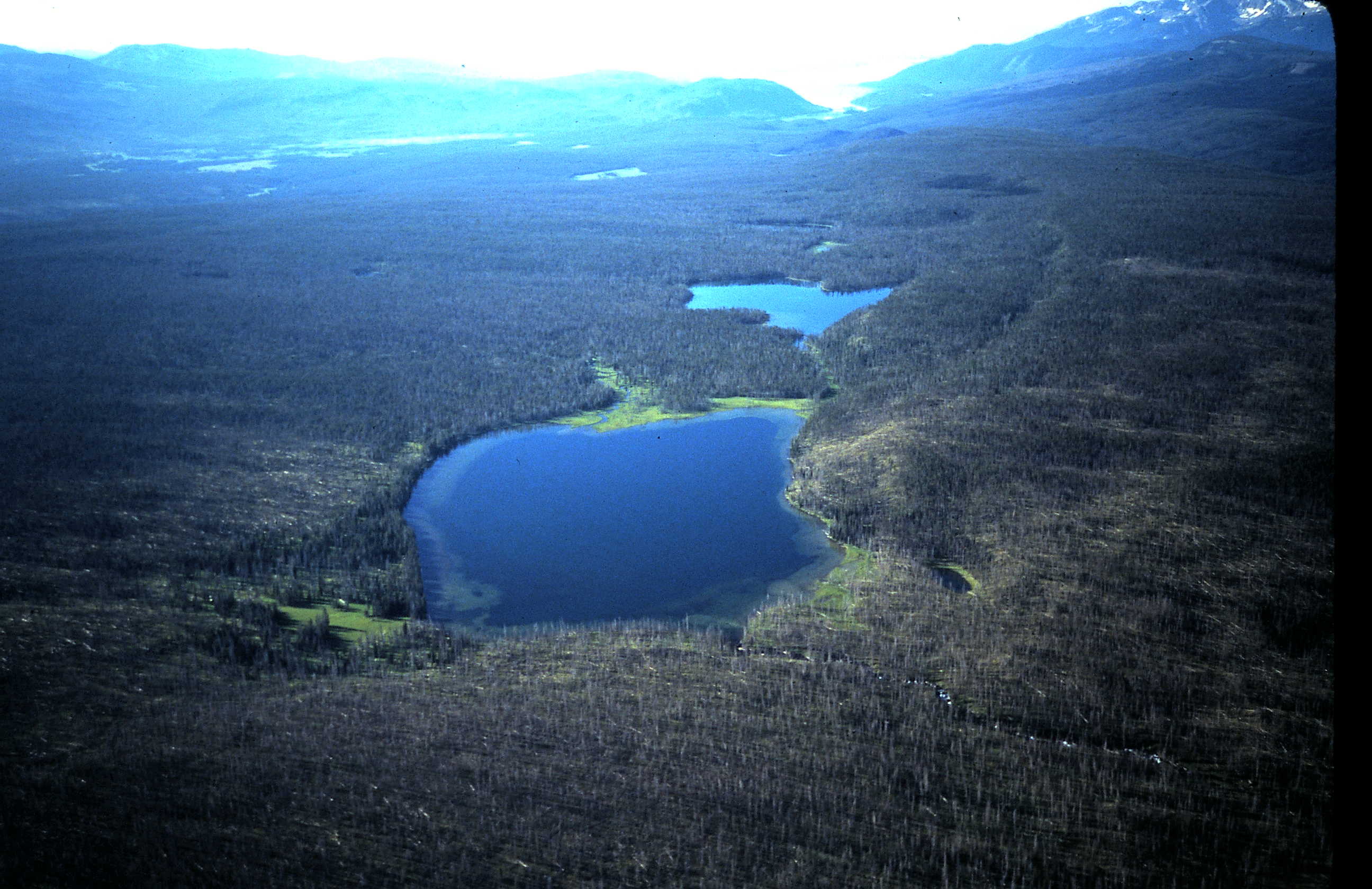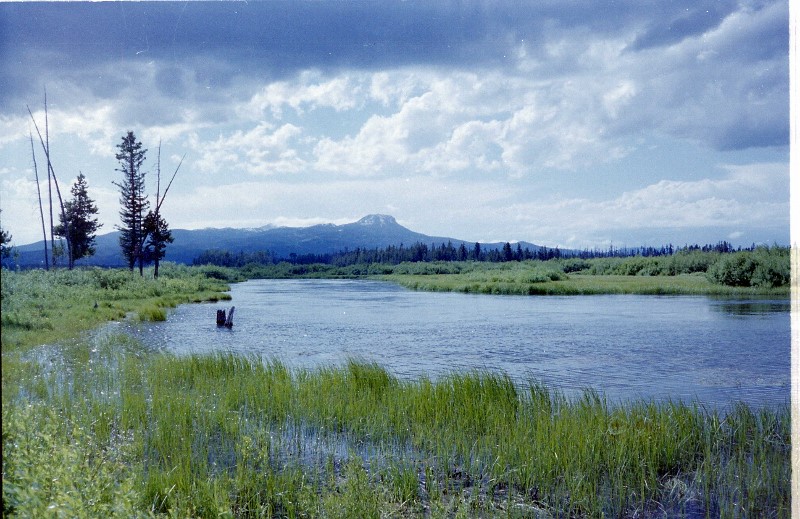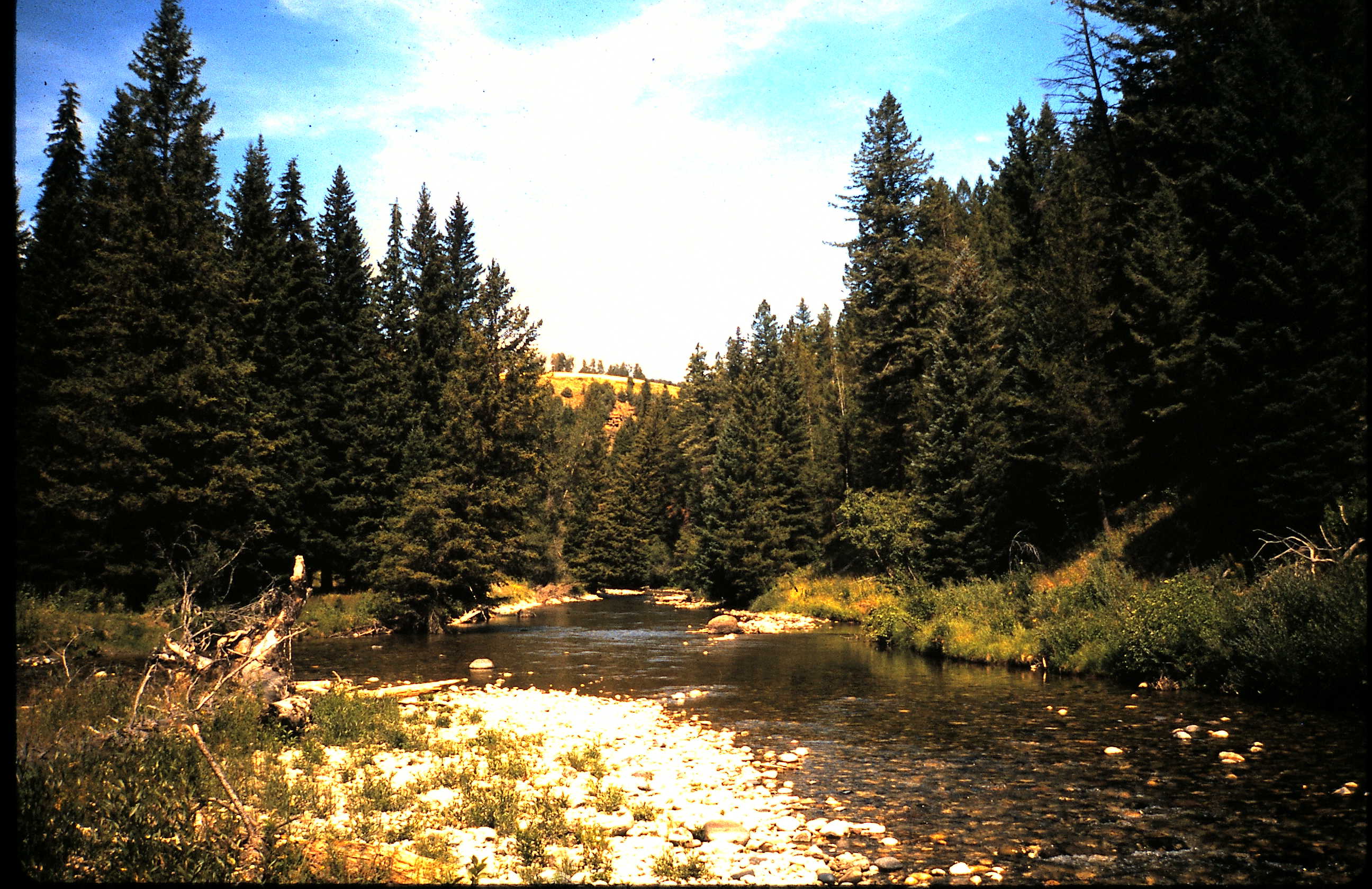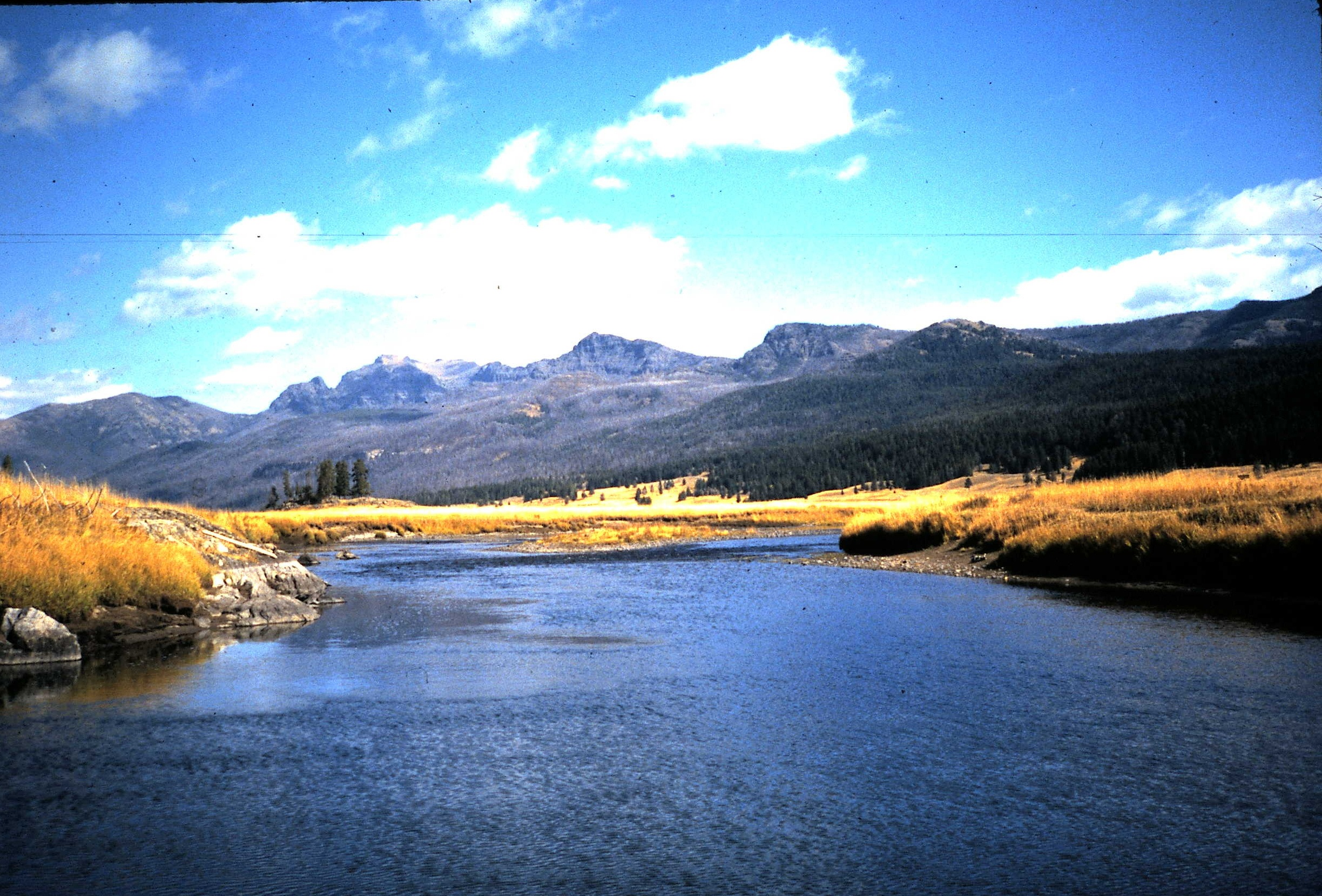Small Streams, July 26th, 2023
Summer is time for a fish fry, and we have several small streams that host the main ingredient for such. Without a doubt the best trout for a fish fry is the eastern brook trout. These were introduced to area waters over 120 years ago, and have eliminated native salmonids from many waters though being aggressive and able to out produce the native “cutty.” Where are the best streams to find these “brookies?”
Look for small streams that are easily approached because catching enough for that fish fry can be a family activity. Almost any small sized fly will work to fool these aggressive little devils. IDF&G allows a personal limit of 25 brookies per day in most streams. Let the number of your fish fry attendees decide how many brookies to harvest. Certainly after being cleaned, store them in a cooler while traveling home to retain their wonderful flavor.

Here are some candidate small streams that host numerous brookies. Elk Creek at the east end of Buffalo River Campground is a great candidate. So is nearby Tom’s Creek and other upstream Buffalo River tributaries. Not far from these, Little Warm River and Partridge Creek are great candidates. Above Kilgore, West Camas Creek and Cottonwood Creeks, although brushy in places host great populations. So does equally brushy Modoc Creek flowing out of Pauls Reservoir. In the Lost River area Copper Basin streams such as nearby Cherry Creek with stair step beaver ponds and upstream Antelope Creek are good places to try.
Recipes for preparing brookies and other fish abound on the internet. One way of tradition is coated with cornmeal and fried which brings great eating results. What accompanies your brookies? Such as slaw, baked beans, fried okra, corn on the cob, and hush puppies are leading candidates. No matter what you choose the results will make for a fish fry ” fit for a king!”

